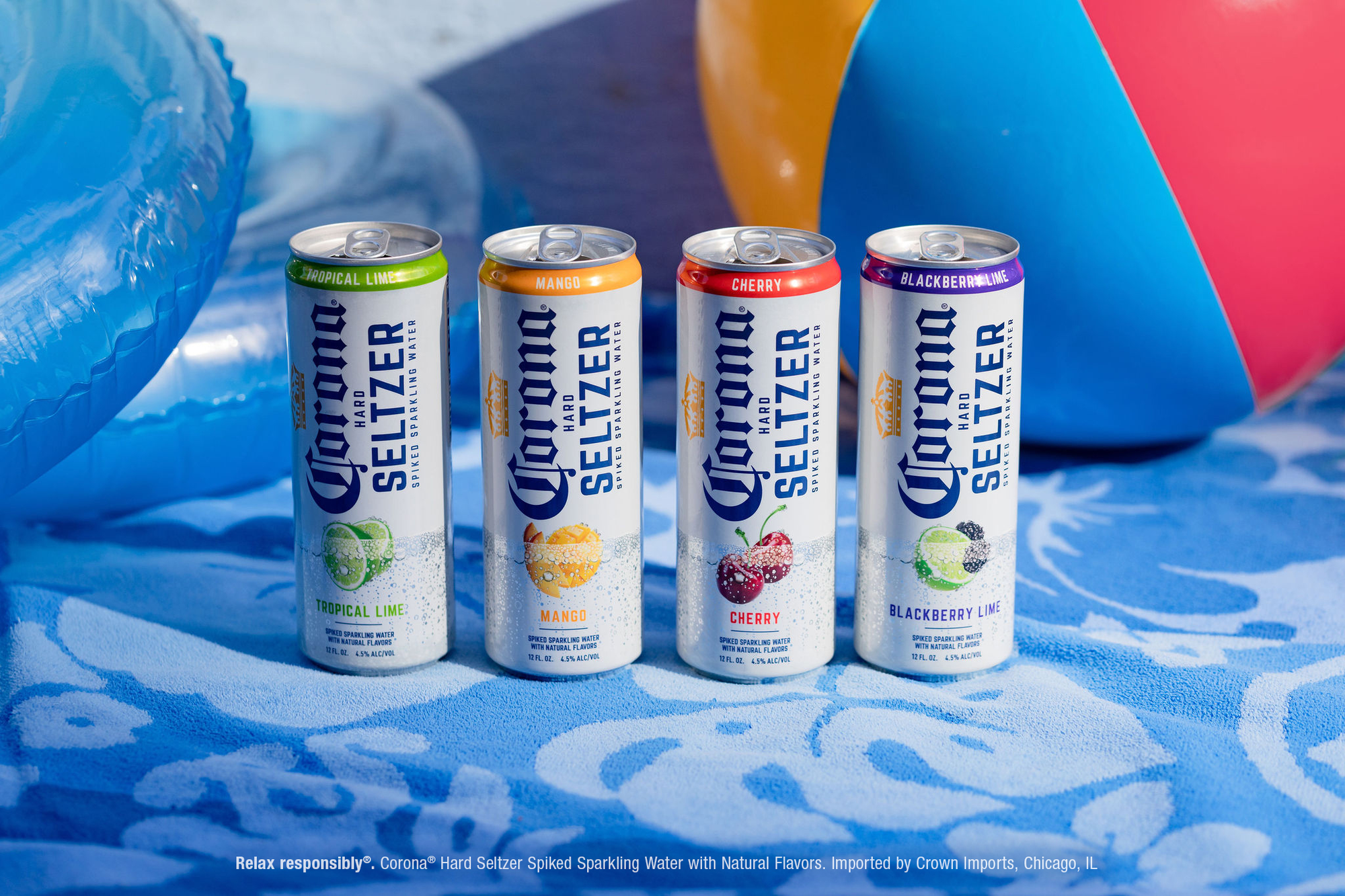

The first carbonated lemonade was sold in 1833.

Customers who could perceive minerality in this water generally disliked it, so pharmacists began adding flavor extracts such as lemon to improve its taste. These mineral seltzers tasted like, well, plain old water. Club soda was a trademarked term for carbonated water made by the Irish company Cantrell & Cochrane in 1877. However, once those entrepreneurs began making carbonated water, the term soda and soda water became common. Originally, seltzer was used for the naturally occurring bubbly mineral spring water. Enterprising pharmacists analyzed the naturally occurring sparkling mineral waters and added the same minerals and amounts to plain “tap water,” carbonated it, bottled it, and sold it to eager consumers.Ĭarbonated water and drinks go by a number of different names. These bottled waters were generally sold at the chemist or drug stores. In the 1800s as the industrial revolution took hold, city dwelling people first consumed natural spring bottled seltzer water for its purported health and healing benefits. In fact, the word seltzer comes from the town Niederselters, a spa town in Germany that began bottling its sparkling spring water sometime around 1728. Hotels, inns, and resorts developed around many of these naturally occurring sparkling mineral water springs, where the wealthy and artsy folk could come to partake in the “healthy”, “curative” powers promoted for these waters with the naturally occurring bubbles. Such naturally occurring bubbly spring water remained a novelty to those who were lucky enough to live in an area rich with it until the 1700s when the spa culture phenomenon took hold (especially in Europe). As far back as the ancient Greeks sparkling water has been espoused for its medicinal properties. Naturally occurring sparkling (carbonated) mineral spring waters have been known for millennia. In order to properly discuss and understand hard seltzer we first need to know what exactly “seltzer” is and its origin story. to achieve the desired taste profile and alcohol level.Īlso, legally, "malt beverage ≠ malt liquor". This leaves a base product to which brewers add various flavors.

For example, they remove the color, bitterness, and taste generally associated with beer, ale, porter, stout, and other malt beverages. Brewers then treat this base using a variety of processes in order to remove malt beverage character from the base. In producing flavored malt beverages, brewers brew a fermented base of beer from malt and other brewing materials. Their flavor is derived primarily from added flavors rather than from malt and other materials used in fermentation.Īlthough flavored malt beverages are produced at breweries, their method of production differs significantly from the production of other malt beverages and beer. Flavored malt beverages exhibit little or no traditional beer or malt beverage character. Here's the TTB's explanation: Flavored malt beverages are brewery products that differ from traditional malt beverages such as beer, ale, lager, porter, stout, or malt liquor in several respects. Click to expand.That's not how Flavored Malt Beverages (which, as Tolar111 noted above, includes some but not all hard seltzers) are made.


 0 kommentar(er)
0 kommentar(er)
